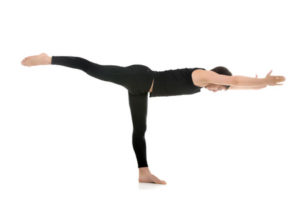Minimize the Risk of a Sports Hernia Associated with Interval Training

It seems like every month, there’s a new fitness craze sweeping the nation. Some stick around, like Pilates and hot yoga, but others don’t quite make it (like the Shake Weight). A more recent trend that seems like it might be here to stay is interval training. It combines high-intensity exercises like box jumps and running ladders into a circuit. You do a few sets or minutes of each and move on to the next activity. The goal is to keep your heart rate up and vary the exercises. So far, it seems beneficial, and more and more people are trying it. However, what’s less clear is the less beneficial side: the risk of a sports hernia injury.
The basis of interval training is its speed. Athletes move from one activity to the next, limiting breaks and recovery time in between exercises. While this helps to build endurance, it also places a lot of stress on muscles. Normally, tissues require some down time to begin repairing. Scoffing at recovery time, interval training increases the chances of injury to muscles.
Overworked muscles are prone to tears. Frequent interval training, or repetitively working the same muscles too much puts them at risk, especially worn out muscles. Sports hernias happen when muscles tear, and that happens more often when they’re already damaged.
The quick shifts between activities not only leave muscles overworked, but also leave little time for them to adapt. Fast changes in direction and speed, like shifting from box jumps to sprints, are the type of movements that often cause sports hernias. Also, many of the exercises themselves, like shuttle runs, include rapid twists and turns that place more strain on the muscles commonly affected by sports hernias.
Just like any exercise, interval training has its risks. The high-speed changes of direction and quick switching between activities is what puts athletes most at risk. To minimize your risk, make sure to take breaks when necessary. Move quickly between activities, but do it deliberately and keep movements under control. Most importantly, know your limits. Interval training can have great benefits, and increase your endurance and strength. But if you’re sitting on the bench with a sports hernia injury, you won’t be able to interval train at all.
